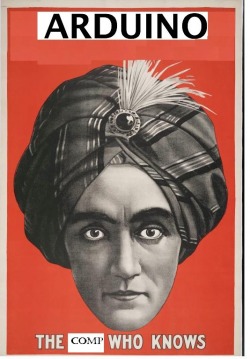THE SENSI-SAFE
"The political (and epistemological) question is not whether individuals are known and typified. We always are. Rather, it is a question of how individuals are known and typified—by whom, to whom, as what, and toward what end we are made visible” (Phillips 2005).
Our brainstorming drew on “From Privacy to Visibility: Context, Identity, and Power in Ubiquitous Computing Environments,” in which Phillips argues that, since we are surveyed constantly and for many purposes, the politics of surveillance have more to do with “the ethical allocation of the resources of visibility and knowledge production” than with concerns about privacy.
The ethic expounded by the Sensi-Safe® is one of communal protection, privileging the group, regardless of the identity (terrorist, carrier of deadly diseases) that may be wrongly foisted upon the wearer in consequence. The ethical allocation of knowledge production here requires the broadcasting of private internal data for the benefit of the public.
The Sensi-Safe® turns private (and generally unknown) information into public knowledge with the goal of preempting potential threats. You have the right for your personal information to be private, but only when it is non-threatening, normal. Once you are a (potential) risk to everyone else, do you still have the right to that privacy?
The Critical Process
Working together to build the Sensi-Safe® presented us with a variety of challenges. The temperature inputs for the Sensi-Safe® came from the air around us, were transformed into Arduino syntax, calculated against our pre-determined algorithms, and then represented again in the real world through the LEDs, which changed depending on the message received from the Arduino. Our coded thresholds and lighting sequences had to be updated frequently to react to actual fluctuations of temperature in the room.Coding the LEDs to light up differently according to the temperature inputs forced us to move between the conceptual and physical arenas we were used to confronting only separately.
Our expectations surrounding our prototype were constantly in flux, both in terms of its capacity and its theoretical grounding. While some days a single wire would hamper our progress, on other days our concern was over how the Sensi-Safe®’s ambiguous signals responded to LaTour’s insistence on morality in design.
While we have all done group work throughout our time at the iSchool, we had never been asked to work as a team on a physical, mostly unshareable, object. The extensive time commitment of the project was not reflected, as it is in most courses, by reams of paper: several hours could be committed to a single line of code. Frustrations over what we conceived of as a lack of progress were, we eventually discovered, mislaid: our progress in Critical Making could not be measured in the same way that progress with typical coursework can.

